Creating a talent pipeline is a strategic approach to recruitment that involves identifying and nurturing potential candidates for future job openings. Building a talent pipeline requires a long-term perspective and consistent effort. By cultivating relationships with potential candidates and aligning your recruitment efforts with your organization’s goals, you can ensure a steady stream of qualified candidates ready to contribute to your company’s success. Here are five benefits of building a talent pipeline and how businesses can create one.
What Are The Benefits of Building a Talent Pipeline?
Benefits of Creating a Talent Pipeline
Before you begin the process of setting up a talent pipeline, you need to know your goals and the potential benefits. Here are the top five reasons you want to pursue this process.
- Reduced Time-to-Hire: Having a pool of pre-qualified candidates enables businesses to quickly fill vacant positions, reducing the time and effort required for recruitment. This is particularly valuable for critical roles or sudden departures.
- Higher Quality Candidates: Building relationships with potential candidates over time allows businesses to evaluate their skills, culture fit, and suitability for the organization. This leads to better hiring decisions and improved retention rates.
- Cost Savings: Developing a talent pipeline can save costs by minimizing the need for external recruitment agencies and reducing advertising expenses. Long-term relationships with potential candidates can also result in lower turnover costs.
- Improved Diversity and Inclusion: A well-managed talent pipeline allows companies to proactively seek diverse candidates and develop strategies to attract underrepresented talent. This contributes to a more inclusive and equitable workforce.
- Succession Planning: A talent pipeline facilitates succession planning by identifying high-potential employees and preparing them for leadership roles. This ensures a smoother transition when key positions become available.
Building a Talent Pipeline
Knowing the reasons is critical, but what steps should your company take to start the process of developing a solid talent pipeline? Here are five ways to get started.
- Proactive Sourcing: Actively seek out potential candidates through various channels, such as job fairs, networking events, social media, and industry conferences. Engage with them to build relationships and keep them informed about your organization.
- Employer Branding: Cultivate a positive employer brand to attract top talent. Showcase your company’s culture, values, and opportunities for growth through your website, social media, and employee testimonials.
- Engagement and Nurturing: Regularly communicate with potential candidates through personalized emails, newsletters, or webinars. Provide them with valuable insights about the industry, company updates, and career development tips.
- Networking and Referrals: Encourage your current employees to refer potential candidates from their professional networks. Employee referrals often result in higher-quality candidates who fit your organization’s culture well.
- Data and Analytics: Leverage applicant tracking systems and other HR software to track candidate interactions and engagement. Analyze data to identify trends and continuously refine your pipeline strategy.
Work with RIM Recruitment Professionals
Partnering with a recruitment firm is another way to access a talent pipeline. We always have access to top talent in your industry and can work with you to find someone when you need the best candidates in place. Call RIM Recruitment Professionals today.



